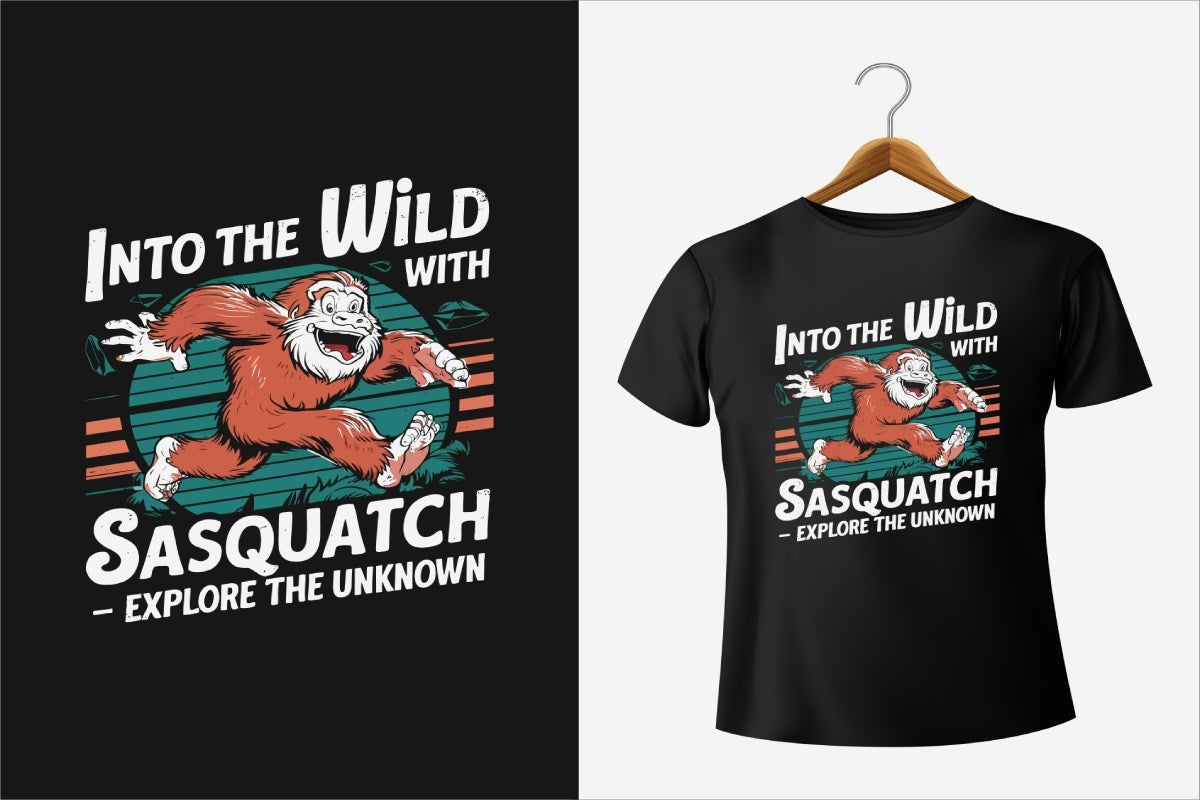
DTF Transfer: The Future of Print Technology
Introduction to DTF Transfer
In the ever-evolving world of print technology, DTF Transfer (Direct to Film Transfer) has emerged as a game-changer. With its ability to produce vibrant, durable, and versatile prints, DTF Transfer is quickly becoming the go-to method for businesses and individuals alike. But what makes this technology so revolutionary, and why is it considered the future of printing? Let’s explore the potential of DTF Transfer and how it’s shaping the industry.
What Makes DTF Transfer Revolutionary?
DTF Transfer stands out for its simplicity, versatility, and cost-effectiveness. Unlike traditional methods like screen printing, which require multiple steps and setups, DTF Transfer streamlines the process. Designs are printed onto a PET film, coated with adhesive powder, and transferred onto fabric using a heat press. This method allows for full-color designs with intricate details, making it ideal for a wide range of applications.
Versatility Across Industries
One of the key reasons DTF Transfer is considered the future of print technology is its versatility. It works seamlessly on various fabrics, including cotton, polyester, and blends, making it suitable for industries like fashion, sports, and promotional products. From custom apparel and accessories to home decor and industrial textiles, DTF Transfer is redefining what’s possible in the printing world.
Eco-Friendly and Sustainable
As sustainability becomes a priority for businesses and consumers, DTF Transfer offers an eco-friendly alternative to traditional printing methods. The process uses water-based inks, which are less harmful to the environment compared to solvent-based inks. Additionally, DTF Transfer produces minimal waste, making it a sustainable choice for businesses looking to reduce their environmental footprint.
Cost-Effectiveness and Accessibility
DTF Transfer is not only versatile and eco-friendly but also highly cost-effective. The setup costs are lower than traditional methods, and the process is suitable for both small and large orders. This accessibility makes it an attractive option for startups, small businesses, and hobbyists. As the technology becomes more widespread, it’s likely to become even more affordable and accessible.
Advancements in DTF Transfer Technology
The future of DTF Transfer looks promising, with ongoing advancements in equipment and materials. Newer DTF printers are faster, more efficient, and capable of producing even higher-quality prints. Innovations in adhesive powders and inks are also improving durability and color vibrancy. As the technology continues to evolve, we can expect even greater precision and efficiency in the DTF Transfer process.
Expanding Applications
While DTF Transfer is already widely used in the fashion and textile industries, its applications are expanding. Industries like automotive, healthcare, and even electronics are exploring the potential of DTF Transfer for creating custom designs on various surfaces. This versatility positions DTF Transfer as a technology with limitless possibilities.
Challenges and Opportunities
Like any emerging technology, DTF Transfer faces challenges, such as the need for consistent quality and the learning curve for beginners. However, these challenges also present opportunities for innovation and growth. As more businesses adopt DTF Transfer, we can expect new solutions and techniques to emerge, further solidifying its place as the future of print technology.
Conclusion
DTF Transfer is more than just a printing method—it’s a revolutionary technology that’s shaping the future of the industry. With its versatility, sustainability, and cost-effectiveness, DTF Transfer is poised to become the standard for custom printing. As advancements continue and applications expand, this innovative technology will unlock new possibilities for businesses and creators worldwide.
FAQ
- What is DTF Transfer?
- DTF Transfer is a printing method where designs are printed onto a special film and then transferred onto fabric using heat and pressure.
- Why is DTF Transfer considered the future of print technology?
- Its versatility, eco-friendliness, and cost-effectiveness make it a game-changer in the printing industry.
- What industries can benefit from DTF Transfer?
- Fashion, sports, promotional products, automotive, healthcare, and more can benefit from DTF Transfer.
- Is DTF Transfer eco-friendly?
- Yes, DTF Transfer uses water-based inks and produces minimal waste, making it a sustainable option.
- How does DTF Transfer compare to screen printing?
- DTF Transfer allows for full-color designs in a single step, while screen printing requires separate screens for each color.
- What are the future advancements in DTF Transfer?
- Faster printers, improved inks, and expanding applications are some of the advancements shaping the future of DTF Transfer.
- Can DTF Transfer be used on non-fabric surfaces?
- While primarily used for fabrics, DTF Transfer is being explored for other surfaces like plastics and metals.
- Is DTF Transfer cost-effective for small businesses?
- Yes, DTF Transfer is affordable and suitable for both small and large orders.
- What are the challenges of DTF Transfer?
- Challenges include maintaining consistent quality and the learning curve for beginners.
- How can I get started with DTF Transfer?
- Invest in a DTF printer, specialized inks, PET films, and a heat press to get started.